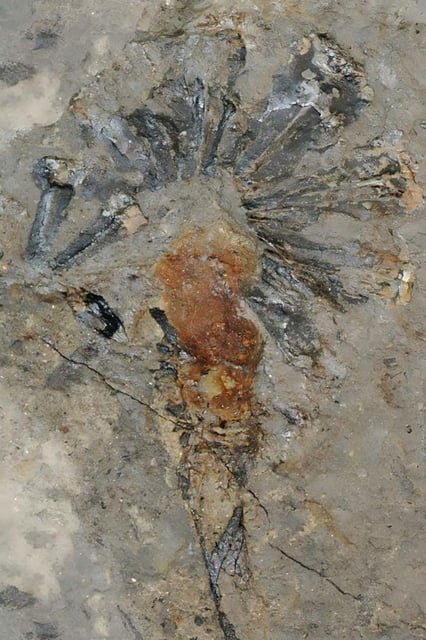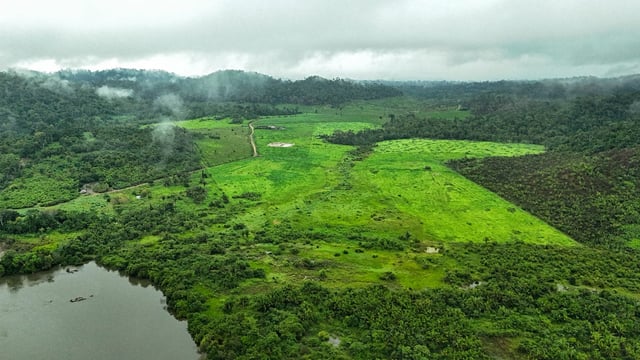Overview
- In July 2025, an international research team from the University of Leeds and China University of Geosciences published findings in Nature Communications confirming that tropical forest collapse sustained super-greenhouse conditions for about five million years after the Permian–Triassic extinction.
- The researchers combined advanced fossil-record analyses with rock-based climate proxies to reconstruct global maps of plant productivity and ran SCION carbon-cycle simulations to quantify changes in net primary productivity.
- Their results demonstrate that the loss of low-latitude forests drastically reduced carbon sequestration, keeping atmospheric CO2 levels high long after volcanic emissions from the Siberian Traps ceased.
- This work pinpoints a past climate-carbon threshold where widespread vegetation die-off can trigger runaway warming that resists reversal on geological timescales.
- Scientists warn that a similar collapse of today’s tropical forests could lock the modern carbon cycle in a high-emissions state, preventing climate recovery even if humanity reaches zero CO2 emissions.



